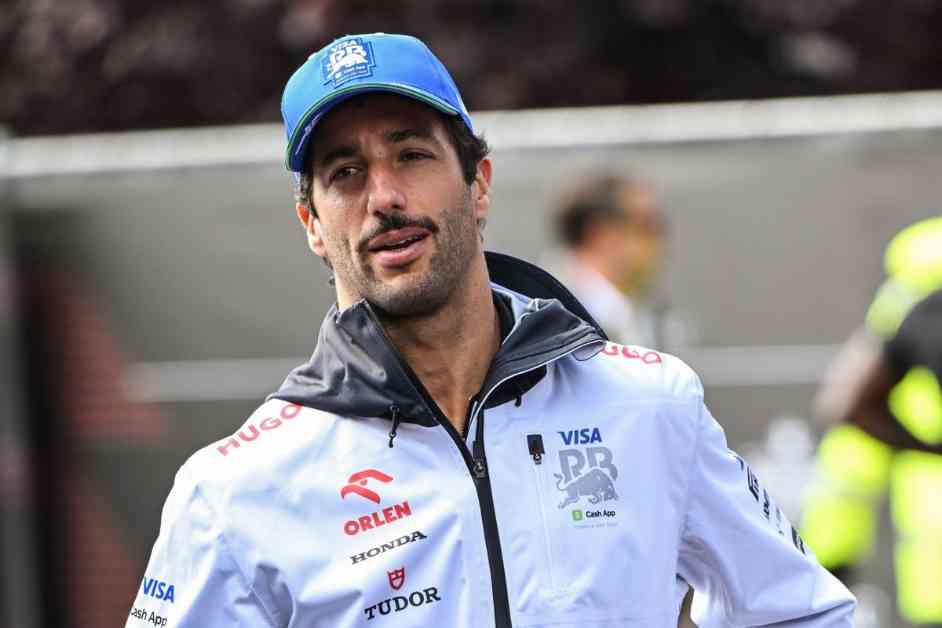Red Bull’s 2026 Driver Dilemma: The Ricciardo Factor
Red Bull’s recent decision to drop Daniel Ricciardo mid-season has sparked discussions and debates within the Formula 1 community. Many have speculated that the move was a result of Ricciardo’s poor performance, but Red Bull team boss Laurent Mekies made it clear that this was not the case. Despite Ricciardo’s inconsistent form, Mekies emphasized that the Australian’s pure speed was still evident when he had the right car underneath him, as seen in the Miami sprint earlier this year.
The decision to part ways with Ricciardo was not a rash one; rather, it was a strategic move by Red Bull to solidify its 2026 driver lineup. Ricciardo’s return to Red Bull last year was essentially an audition for a permanent spot in the team. With Sergio Perez facing challenges in the second half of 2023, Red Bull saw Ricciardo as a potential replacement if needed. However, Ricciardo’s injury at Zandvoort and subsequent inconsistent performances raised doubts about his long-term suitability for the team.
As Red Bull looks ahead to 2026, uncertainties surrounding both Max Verstappen and Sergio Perez’s contracts have prompted the team to explore alternative options. While both drivers have agreements in place, the possibility of Verstappen leaving for another team or Perez underperforming adds a layer of complexity to Red Bull’s driver planning. To mitigate risks, Red Bull must consider all available options, including potential talents from other teams and its own young driver pool.
One key aspect of Red Bull’s driver strategy is the evaluation of Liam Lawson’s potential as a future driver for the team. Lawson’s brief stint with Red Bull showcased his capabilities, but the team needs a more comprehensive assessment of his skills to make an informed decision. With Perez’s seat uncertain for next year, Red Bull cannot afford to delay in determining Lawson’s readiness for a promotion to the top team.
The dynamic between Lawson and Yuki Tsunoda, another young talent in Red Bull’s ranks, is also a crucial factor in the team’s decision-making process. While Red Bull does not see Tsunoda as a suitable partner for Verstappen, the comparison between Lawson and Tsunoda will help determine the best course of action for the team’s future driver lineup. Red Bull’s focus on developing its young drivers underscores the importance of grooming internal talents for long-term success.
In addition to Lawson and Tsunoda, Red Bull’s consideration of other junior drivers like Isack Hadjar and Ayumu Iwasa highlights the team’s commitment to nurturing emerging talents. The competitive landscape of Formula 1 demands a strategic approach to driver development, and Red Bull’s investment in young drivers reflects its proactive stance in shaping the future of the sport. By assessing the performance and potential of each driver, Red Bull aims to build a strong foundation for sustained success in the coming years.
The decision to part ways with Daniel Ricciardo was not just about immediate results; it was a calculated move to position Red Bull for long-term success. As the team navigates the complexities of driver planning and talent development, the focus remains on securing a competitive and cohesive driver lineup for the 2026 season and beyond. Red Bull’s commitment to excellence and strategic foresight in driver management sets the stage for an exciting and dynamic future in Formula 1.












